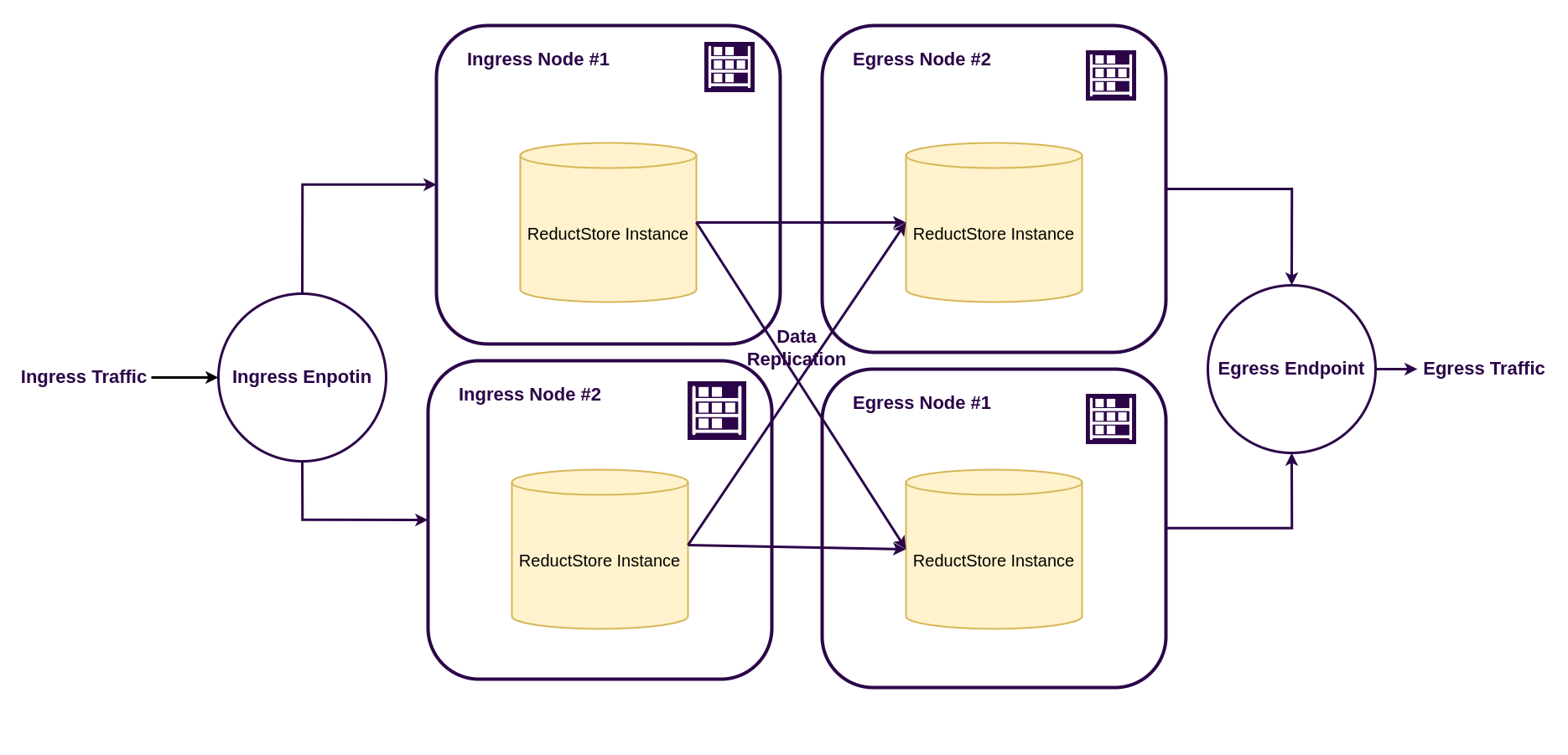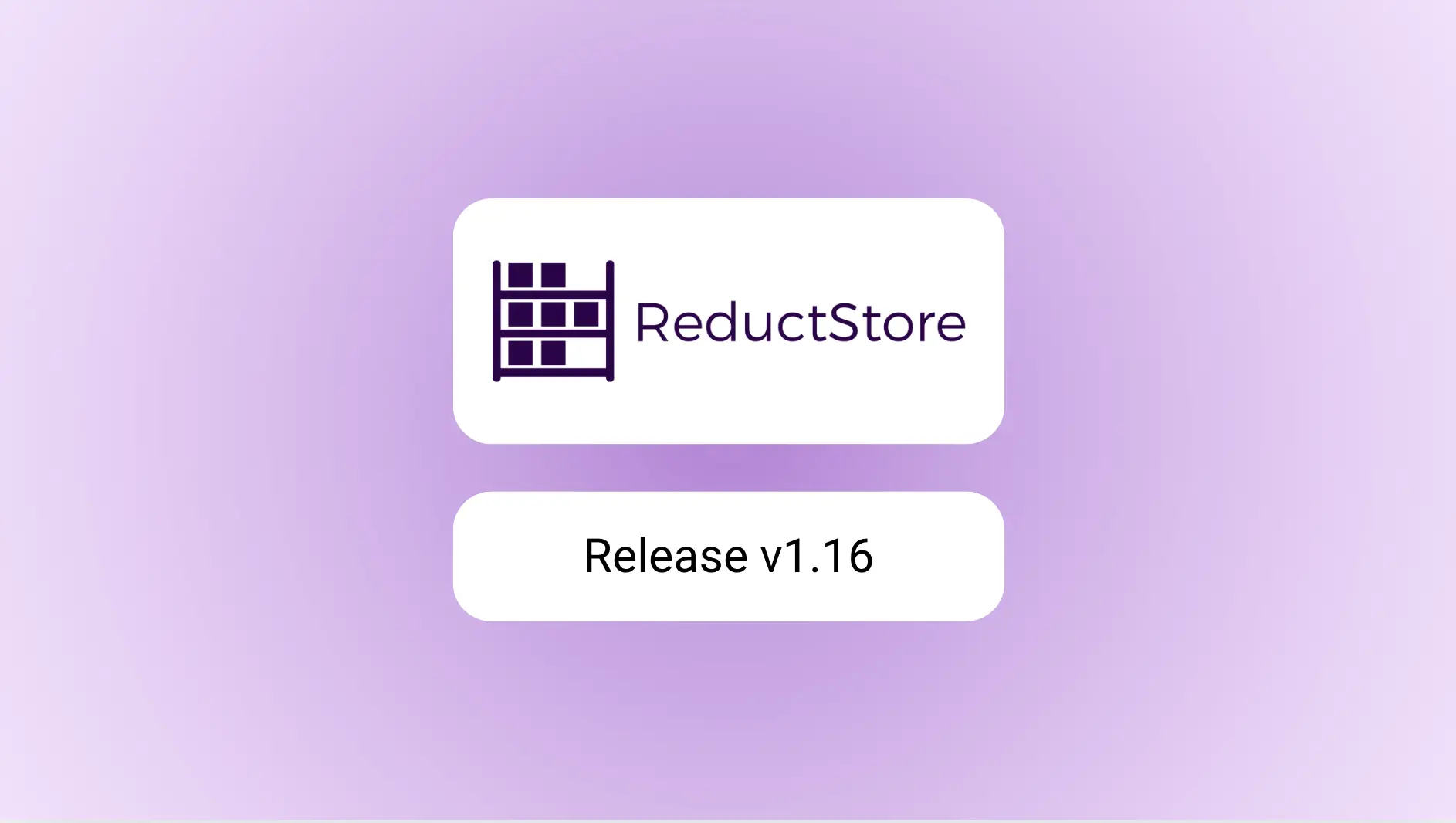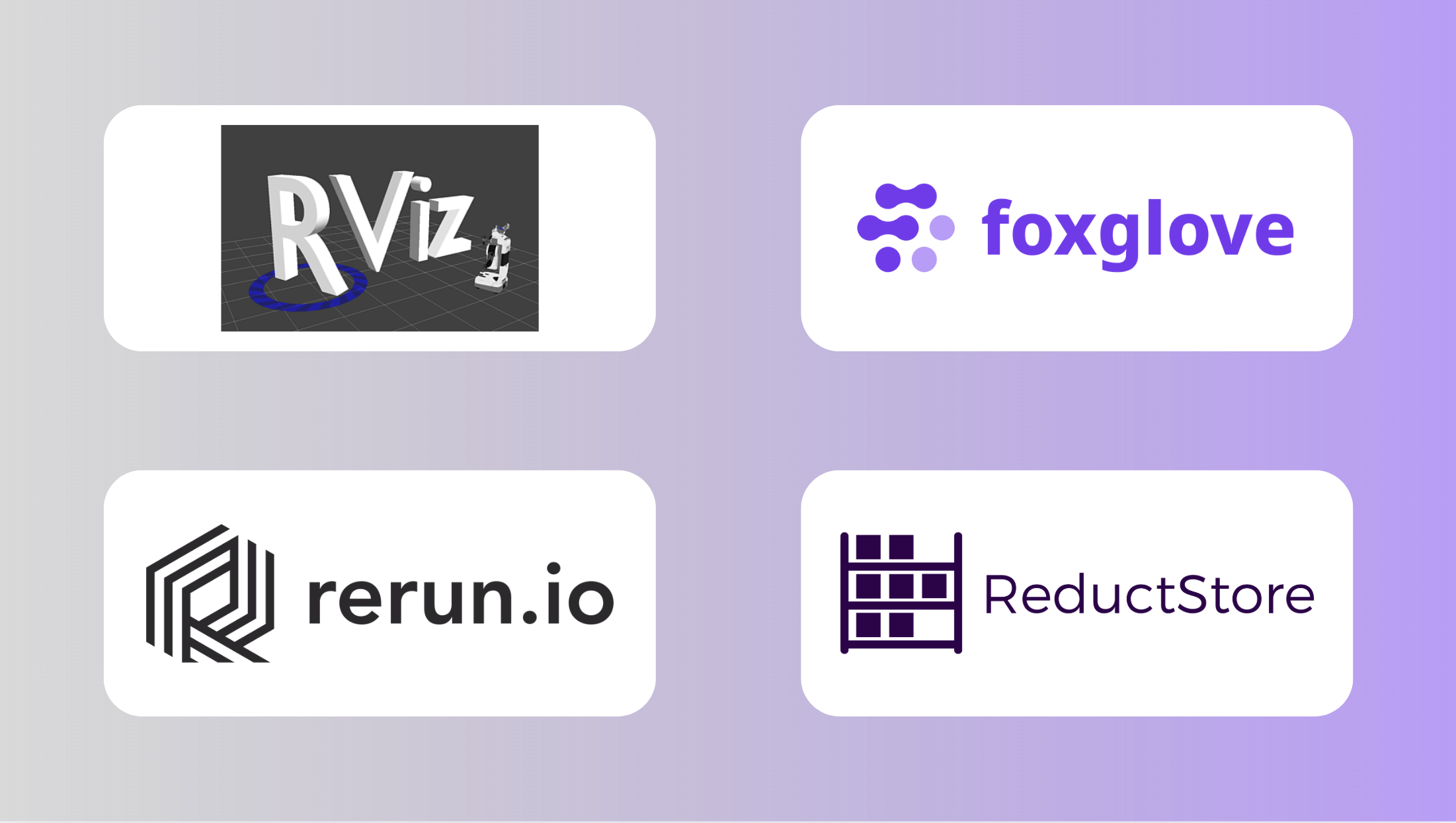Building a Resilient ReductStore Deployment with NGINX
If you’re collecting high-rate sensor or video data at the edge and need zero-downtime ingestion and fault-tolerant querying, an active–active ReductStore setup fronted by NGINX is a clean, practical pattern.
This tutorial walks you through the reference implementation, explains the architecture, and shows production-grade NGINX snippets you can adapt.
What We’ll Build
We’ll set up a ReductStore cluster with NGINX as a reverse proxy, separating the ingress and egress layers. This architecture allows for independent scaling of write and read workloads, ensuring high availability and performance.




